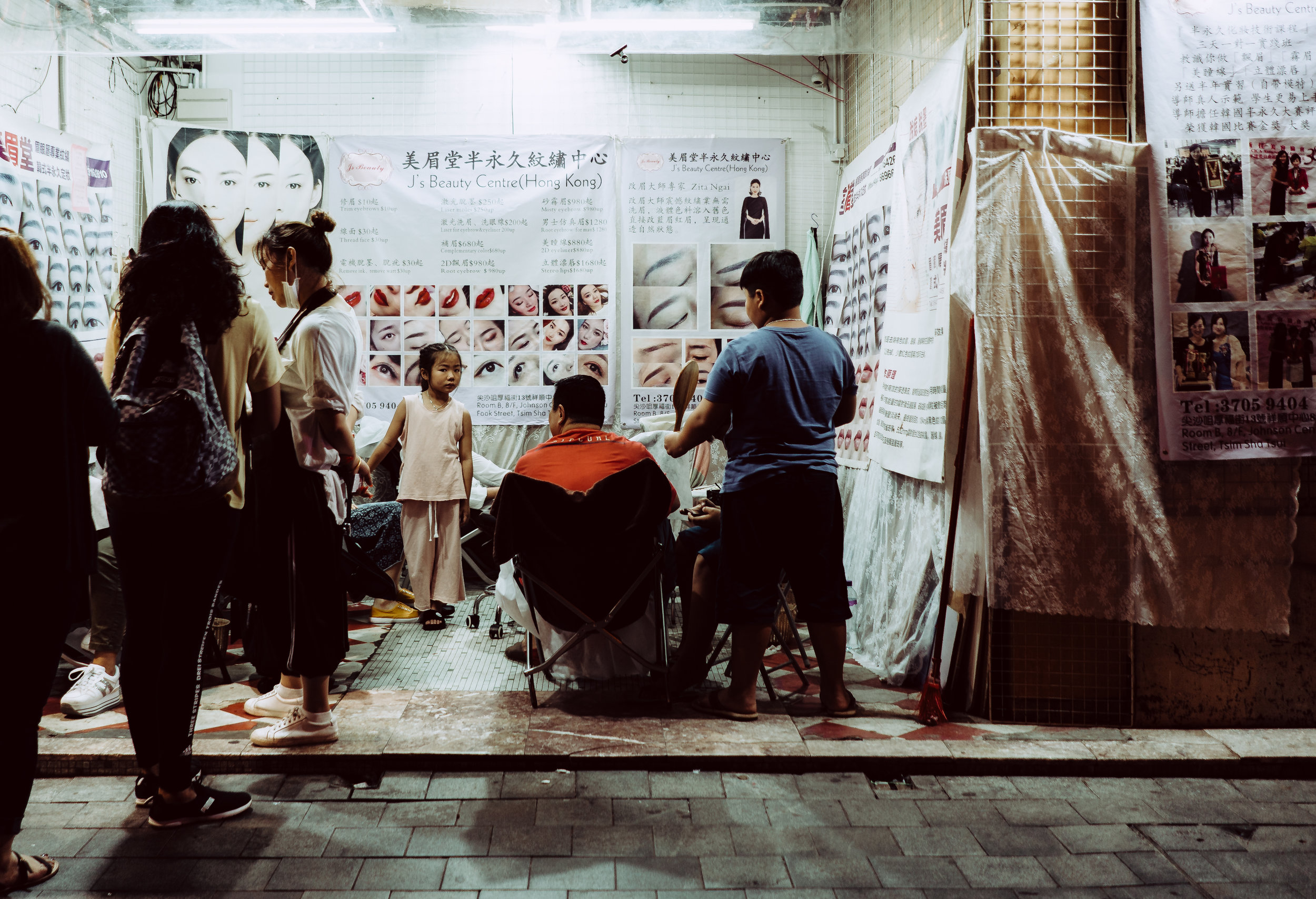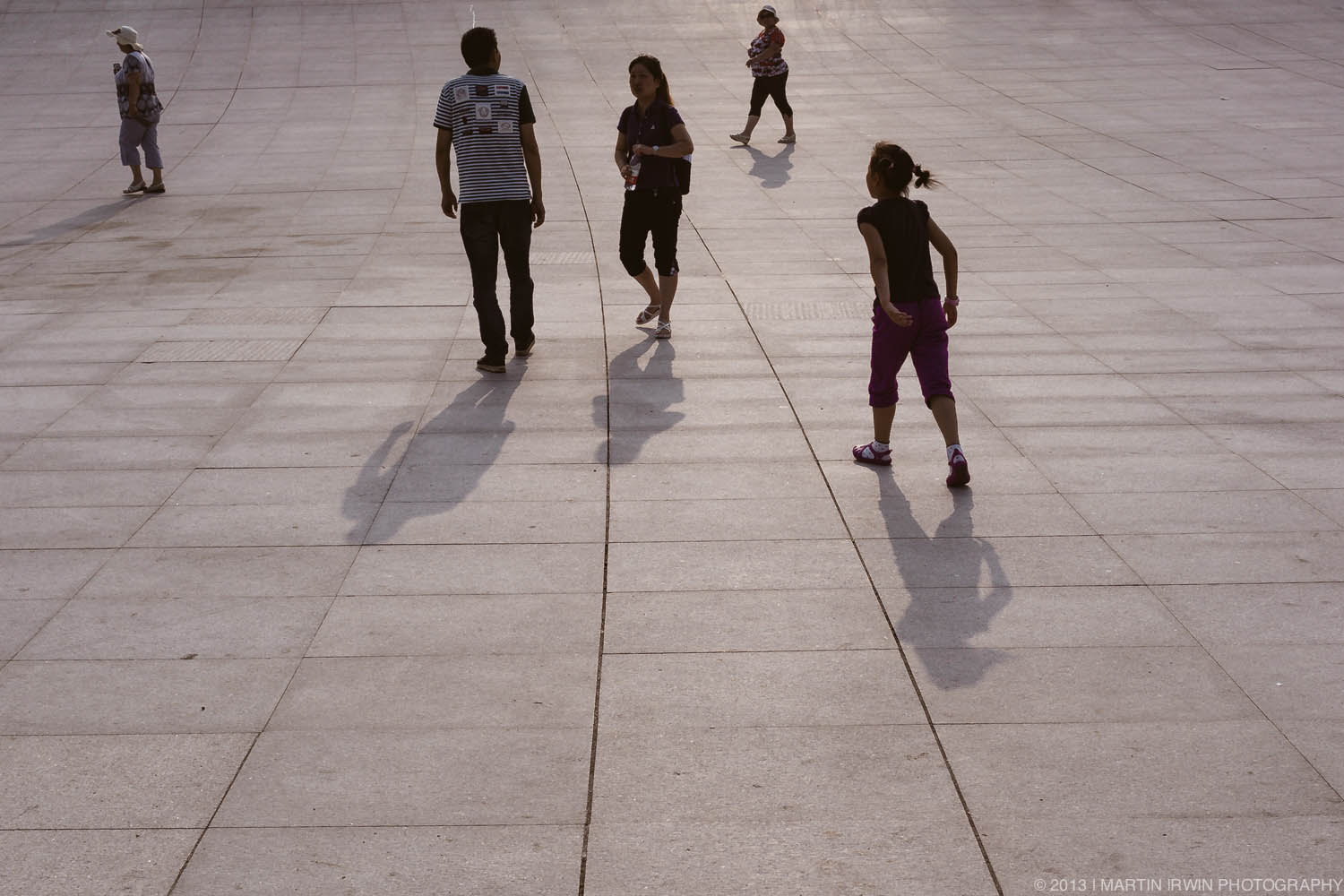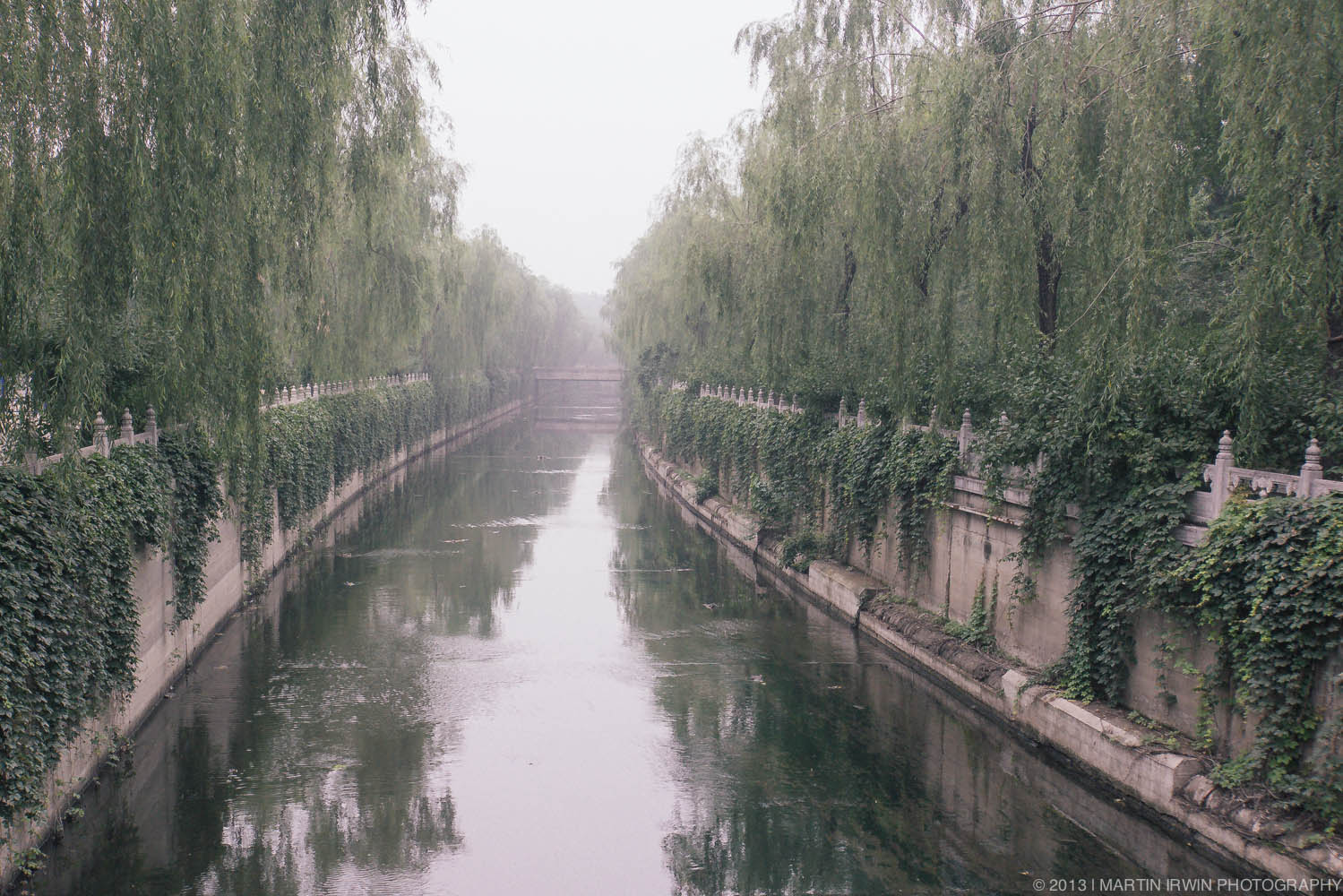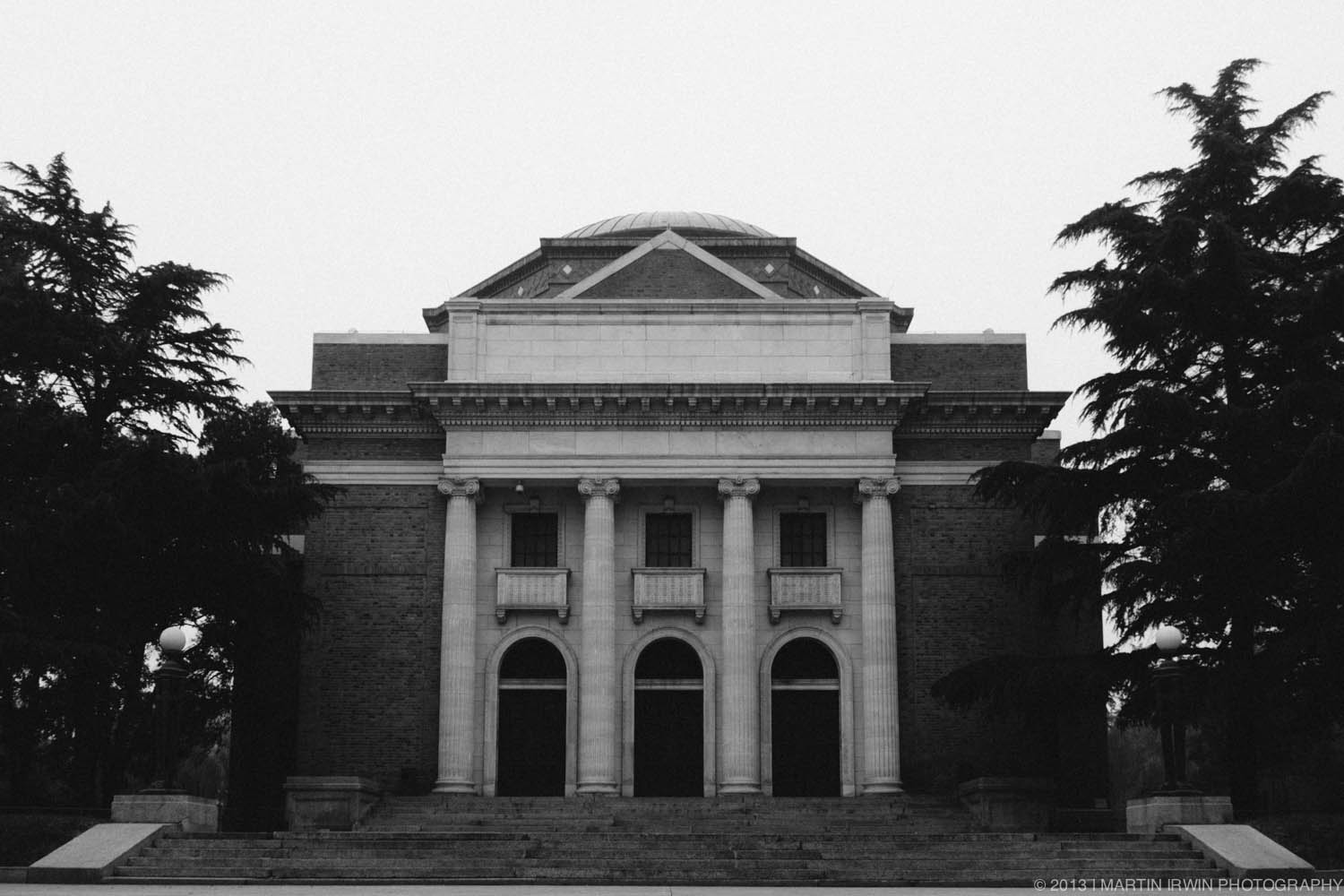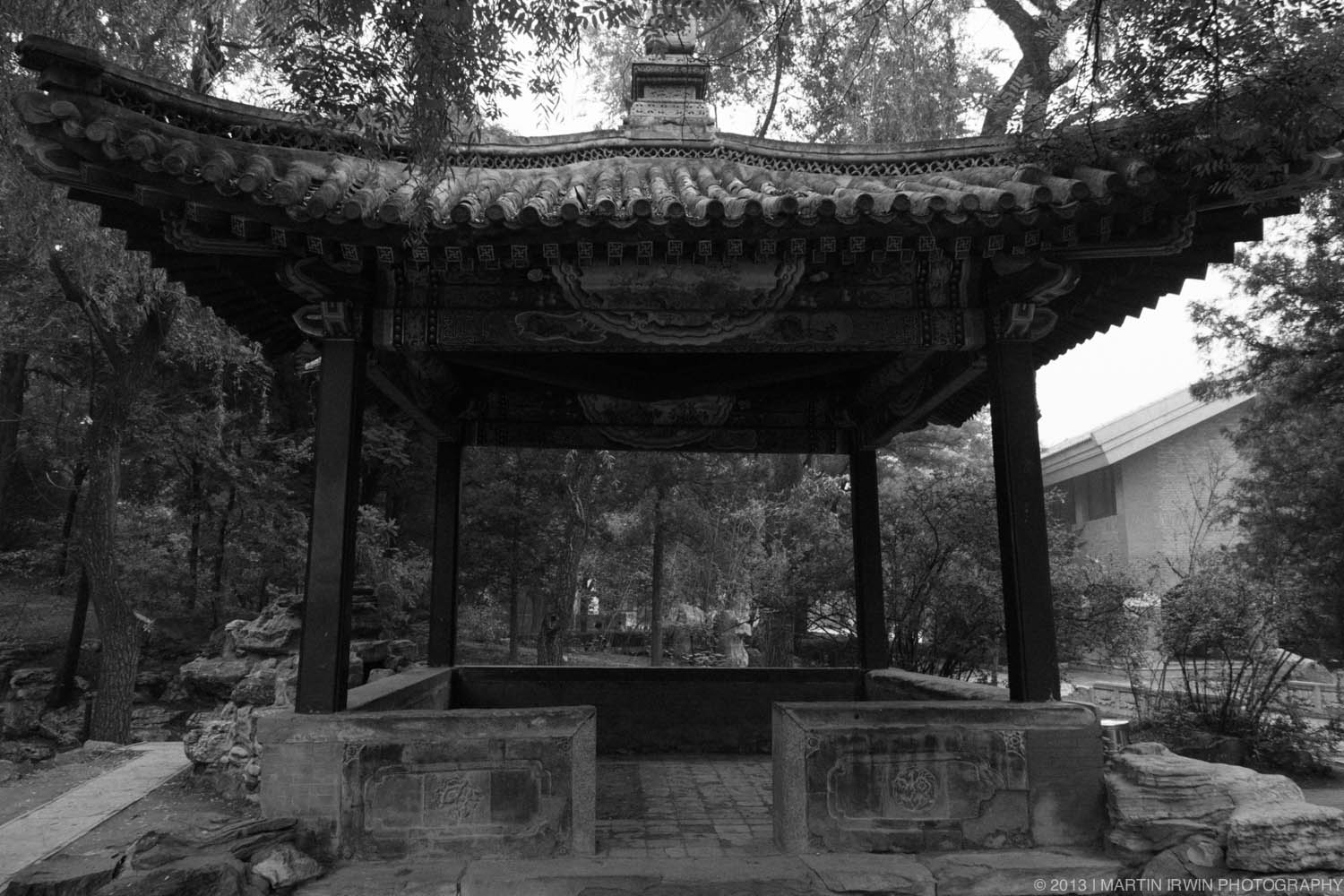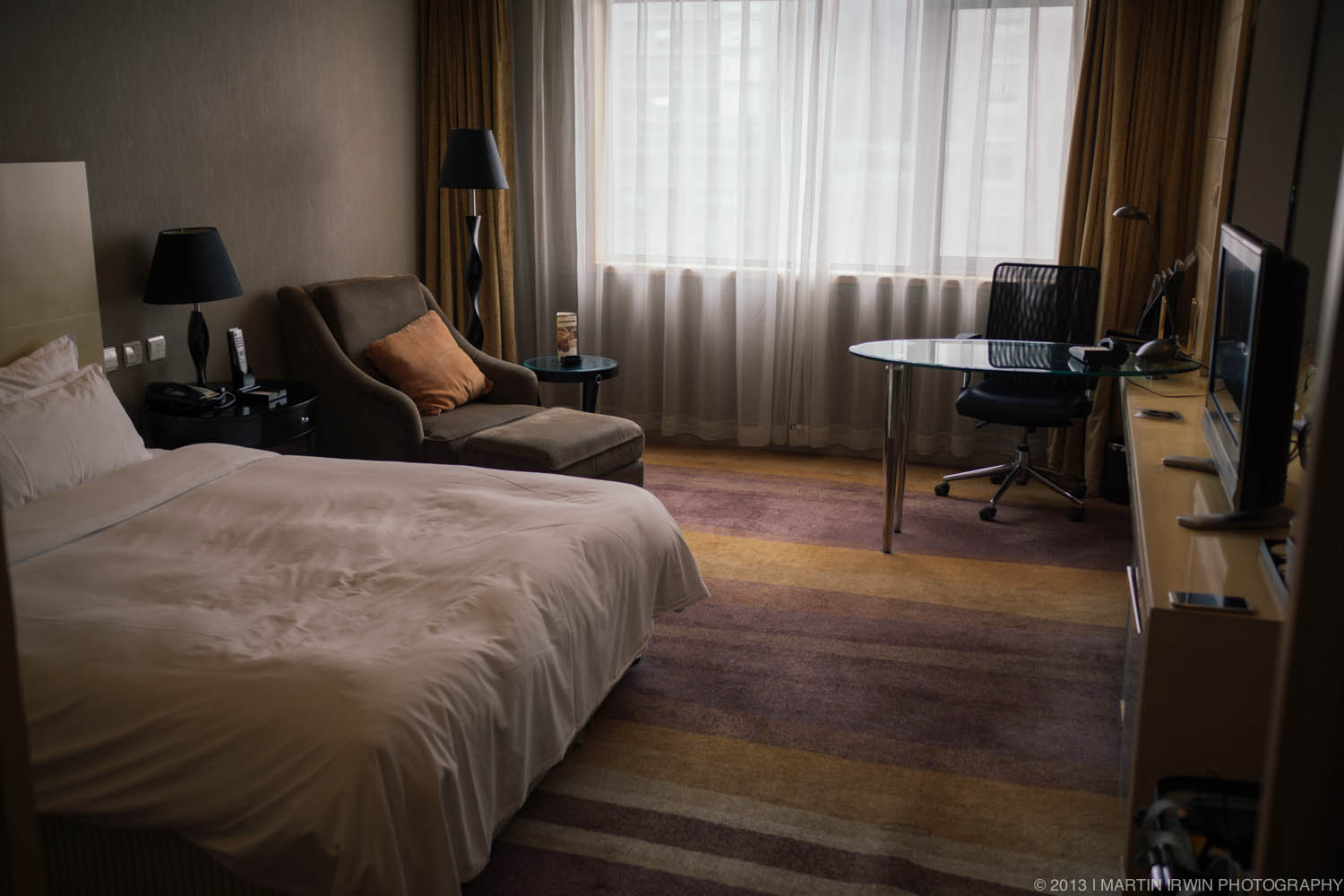My first time visiting Hong Kong
Read Morechina
Air Quality in Beijing
China
Day 4 - Air Quality
I took a late-night flight back from Dalian to Beijing, landing in the smog sometime before midnight. The forecast for today was for bright sunshine and a high of 37°C, so I was curious as to how Beijing would look. In short, visibility today has been great.
Practically clear!
Compared to when I arrived, the visibility today is fantastic. The scorching-hot sun casts strong shadows, and people gather under the trees and bridges for shelter. So, conditions are favourable. The weather looks good. We don't have visual evidence of heavy pollution though there are still many old cars, and many factories surrounding Beijing.
A plane landing in Beijing
The visual side of the pollution story is not the only concern for cities. High levels of NOx and volatile organic compounds (VOC) combined with the strong shortwave (UV) sunlight, create ozone. The ozone layer protects us from harmful UV-B rays from the Sun, but that's at high altitudes. Down in the city-streets, ozone does little by the way of protection. Instead, ozone causes severe respiratory problems. Breathing ozone can trigger a variety of health problems including chest pain, coughing, throat irritation, and congestion. It can worsen bronchitis, emphysema, and asthma. “Bad” ozone also can reduce lung function and inflame the linings of the lungs. Repeated exposure may permanently scar lung tissue.
I can't put any measurement data onto the blog, as it needs to go through the proper quality assurance and scientific channels first. I can say that O3 levels in Beijing are extremely high. If Tokyo is around 50ppb (and wants to reduce it), Beijing is at around 100ppb. For comparison, the remote jungle in Borneo is about 5ppb.
What can be done?
Good question. It all really comes down to policy. Beijing has shown before, with the Olymipics, that it can reduce its pollution. However, making a long-term commitment to such policies is much harder. Personally, I hope that one day soon Beijing is able to make the headlines for more than its record-breaking pollution. It's a fantastic place full of lively and fun people. I recommend a visit - just perhaps not in winter.
Dalian
China
Day 3 - Dàlián
Chairman Mao at Dagong
I was up at 5am in order to get an early flight from Beijing to Dalian. Dalian is a major city and seaport in the south of Liaoning province, in Northeast China. It is surrounded by the waters of the Yellow Sea to the east and the Bohai Sea to the west and south. This huge statue of Chairman Mao is outside of Dalian University of Technology, Dagong.
Encircled
The campus was like any other. Lots of students having a good time, hustle-bustle, and some interesting architecture. Dalian is considerably less hazy than Beijing, but it's still hazy.
DUT Library
Many universities in China sport a statue of Chairman Mao, and many of the buildings share the same architectural mantra.
Abandoned Waterpark
After work was finished, we headed to the beach. There aren't many beaches close to Chinese cities, and my co-worker said this is the third one he's been to. He said that he was surprised how clear the water was (it was clear) and that this is probably the most beautiful beach he's visited in his life. I recommended a trip to Thailand if he could make it one day.
Flying kites and airing linen
There was plenty of action down by the seaside. Some dude with a whip, ladies dancing, bungee jumps & zip lines!
I've not shown many photographs of food, but that's mostly down to being absolutely ravenous by the time I sit down. The camera remains in my bag as I tuck in, and then I remember I've not taken any pictures of food!
Amazing seafood
Well, here you go. Some amazing seafood from this coastal region. There was no menu in this restaurant; we went into a back room and chose what we'd like to eat from tanks and exquisitely set-out plates. It was nothing short of delicious.
Haidian District
China
Day 2 - Haidian District
It certainly looks like the Environmental Sciences building
I'm currently here in China for work-related activities, and thus needed to crack on with work early this morning. A 2km walk from my hotel, is the Environmental Sciences building of Tsinghua University, in the heart of the large Haidian district. I always appreciate greenery, especially when said greenery apparently envelopes the man-made structure within.
Up the river
Visibility is as poor as yesterday, and here's why. There is a lot of water vapour in the air, which condenses onto the aerosol particles. The particles thus become a little larger, and scatter light even more. It's almost like being in a very fine cloud. If there were fewer particles, more water may condense onto a given particle and it would fall to the ground as a droplet. Even though we have actually had some rain, there are too many particles to remove in such processes. It's making every photo look as though I've completely messed up the in-camera settings. There is simply just too much scattering - all of these photos are even taken with a circular polariser fitted to the end of my lens!
The largest lake on the campus
The poor visibility certainly gives the photos a certain "look" . I don't know if it's possible to get instagram in china (it's probably not), but it's not needed in Beijing. All my photos look retro here.
Some Chinese characters are the same in Japan
I can read quite a lot here in Beijing. What I can't read, I either guess or just ignore. The Chinese writing system has changed over the years, and the oldest scriptures are the easiest for me to read, as they are the same characters as used today in Japan. The Chinese have since moved onto simplified scripts, though not in Taiwan.
100 year old shrine
Unlike Japan, and Tokyo in particular, many buildings in Beijing are well over 50 years old. The reason is twofold. Firstly, there are far, far fewer earthquakes here in Beijing than in Japan. And secondly, Beijing wasn't mostly turned to rubble by firebombing from the Allied Forces in WWII.
The original Tsinghua University building
Tsinghua University was founded in 1911. There's an interesting mix of Chinese and American (Jeffersonian) architecture throughout the campus.
For dinner I ventured into the centre of the Haidian district, in search of noodles.
TUS Park is called "China's Silicon Valley"
It rained again.
Recharge your car here. Help reduce pollution!
I've not been here long, but I have noticed a few things about the Chinese people:
- Extremely friendly
- They don't drink cold water (it's served hot)
- They don't stare at foreigners, and will speak to you in Chinese first
- Completely ignore traffic signals (observe below)
Notice the "red man" sign, and everyone ignoring it
As I was devouring my noodles, a very pleasant chap came and sat down opposite me. He started talking about the weather, probably. I wouldn't know, as he was speaking in Chinese. I only know how to say "hello" and "thank you", so I didn't get very far. It turns out that he studied French in school (as did I), and so we conversed in the best French we could muster. No doubt if an actual french person were nearby they'd cringe in horror, but it got the job done. Surreal. He asked me if I had "QQ". I said no. I said we use Facebook outside of China. He said he didn't know what it was. I'd finally found someone who doesn't know Facebook.
C'est la vie.
Make haze while the sun shines
China
Day 1 - Beijing
Visibility is just a few hundred metres
I've safely made it to my hotel in Beijing. I've never been to mainland China before (save for a transfer in Shanghai).After passing through immigration, I headed to the taxi rank. The taxi driver was an utter loon. He appeared to be driving a manual gearbox, but sans clutch (or at least he didn't care about a clutch). If you've ever watched touring cars, you'll have some idea of the ride. Quite brilliantly, around 50 near-misses were skilfully kept as near-misses, with the kind of precision you'd only expect from Schumacher. The guy could have been a world champion, but he's just a crazy taxi driver in Beijing. His photo ID was a little perplexing, as it pictured a man with a full head of hair and no wrinkles. However, the chap next to me had almost no hair and skin like a prune. Hmmm.
Crazy Taxi
I am rather quickly finding out what parts of the internet I am permitted to see. No facebook, no twitter, sparse Google pages, half of the video feeds don't work. As a temporary resident in Beijing, I am also not permitted to see the sky. In every direction, the haze is very, very obvious. I've never experienced anything like it first hand. Unfortunately, it means I will have to limit my time outdoors. As a climate scientist specialising in the study of small particulate matter (the exact type which create this haze), I know all too well of the detrimental effects to human health.
If you squint, you might make out planes on the runway...
It's quite impressive that planes land safely in this smog. It was rather an odd feeling; knowing you're coming in to landing, but only seeing the ground around 5 seconds before the wheels bump down.
Nothing like a good coffee
I checked in and was told that my room was still being prepared, so I ordered a coffee and got to some work in the lobby. Nothing beats a good coffee, and I always feel tired after travelling long distances.
How much would a room this size cost in Tokyo?
The hotel is rather grand, and so is the room. I've never had such a spacious room in Tokyo. If they exist, they're well out of my budget! The water pressure is feeble, but apart from that, I can't complain. Unlike any bed in Japan, it looks like I'll fit in this one.
The view from the hotel window drops off rapidly
All being well, I plan on updating the blog each day with a few photos from China. I've got plugins to automatically post to twitter and facebook - I won't have access to those until I am outside of The Great Firewall this weekend. Stay tuned!
At the gate | NEX-7 & SEL24F18Z | 1/25s f/2.2 ISO100 24mm
At the gate
I'm currently waiting to board my ANA 787 to Beijing (interestingly, still called Peking in Japanese). It'll be my first time to visit mainland China, and I'm really looking forward to seeing what it's like. I'm departing from Tokyo's Haneda International Airport, which to my knowledge, does not serve long-haul flights to Europe and other destinations. Located just an hour from my apartment, I always prefer to travel from Haneda rather than take a 2-hour journey out to Narita Airport on the far east side of Tokyo.
If I manage to get internet access in China, I'll update the blog as I go. If I don't then, expect a lot of photos starting next weekend.
